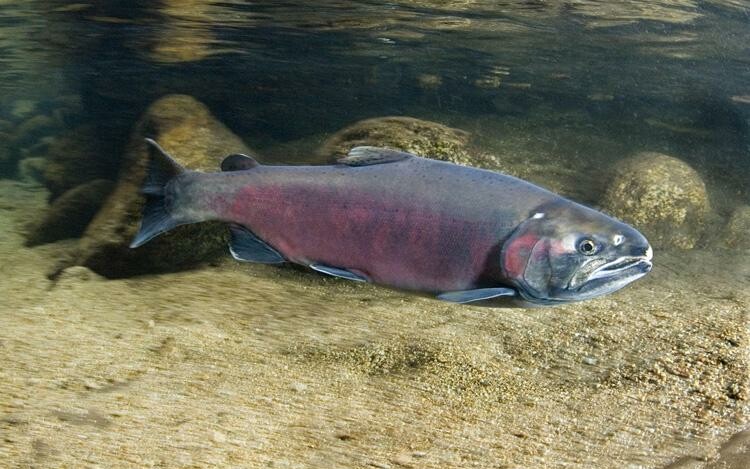Snohomish coho salmon was declared overfished in 2018 and has now been rebuilt to a sustainable level. It’s the 50th achievement in rebuilding a U.S. fish stock under the Magnuson-Stevens Act.
NOAA Fisheries and our fishery management partners reached a major milestone this summer. We rebuilt our 50th fish stock. The Snohomish coho salmon stock was declared overfished in 2018 and has now rebuilt to its sustainable level. A combination of responsive fishery management and habitat restoration helped to rebuild this iconic fish population.
U.S. commercial and recreational fishing provided 1.7 million jobs and $253 billion in sales in 2020. When we rebuild overfished stocks to sustainable levels, fishermen are able to catch more fish. Sustainable fisheries support thriving fishing communities, healthy marine ecosystems, and a strong economy.
There are more than 20 different stocks of coho salmon on the West Coast and Alaska. In 2022, commercial landings of coho salmon totaled 13 million pounds and were valued at $16 million.
Salmon is an important source of spiritual and physical sustenance for Western Native American tribes and Alaska natives. For decades, the tribes living near the Snohomish River have restored degraded habitat in the watershed to improve the chance of survival for returning salmon.
Under the 2018 rebuilding plan for Snohomish coho salmon, fishery managers began adjusting catch limits based on how many fish were expected to return each year. They set catch limits lower in years when fish numbers were expected to be down. Together, these rebuilding measures – and habitat restoration efforts –rebuilt Snohomish coho salmon to a sustainable level that will support increased catches for fishermen.
Snohomish coho salmon is the latest rebuilding success in a program that dates back to 2000, when the Atlantic sea scallop was the first stock to be declared rebuilt. Through coordinated efforts with the U.S. eight regional fishery management councils and other partners, NOAA Fisheries is a global leader in sustainable fisheries management.
The Magnuson-Stevens Act requires overfished stocks to have rebuilding plans. These plans are designed to increase the stock size to a sustainable level. Rebuilding measures usually include reducing catch levels or closing off areas to fishing, sometimes for several years. These measures require sacrifices from fishermen. While the majority of stocks are rebuilt in 10 years or less, some stocks take longer to rebuild.







